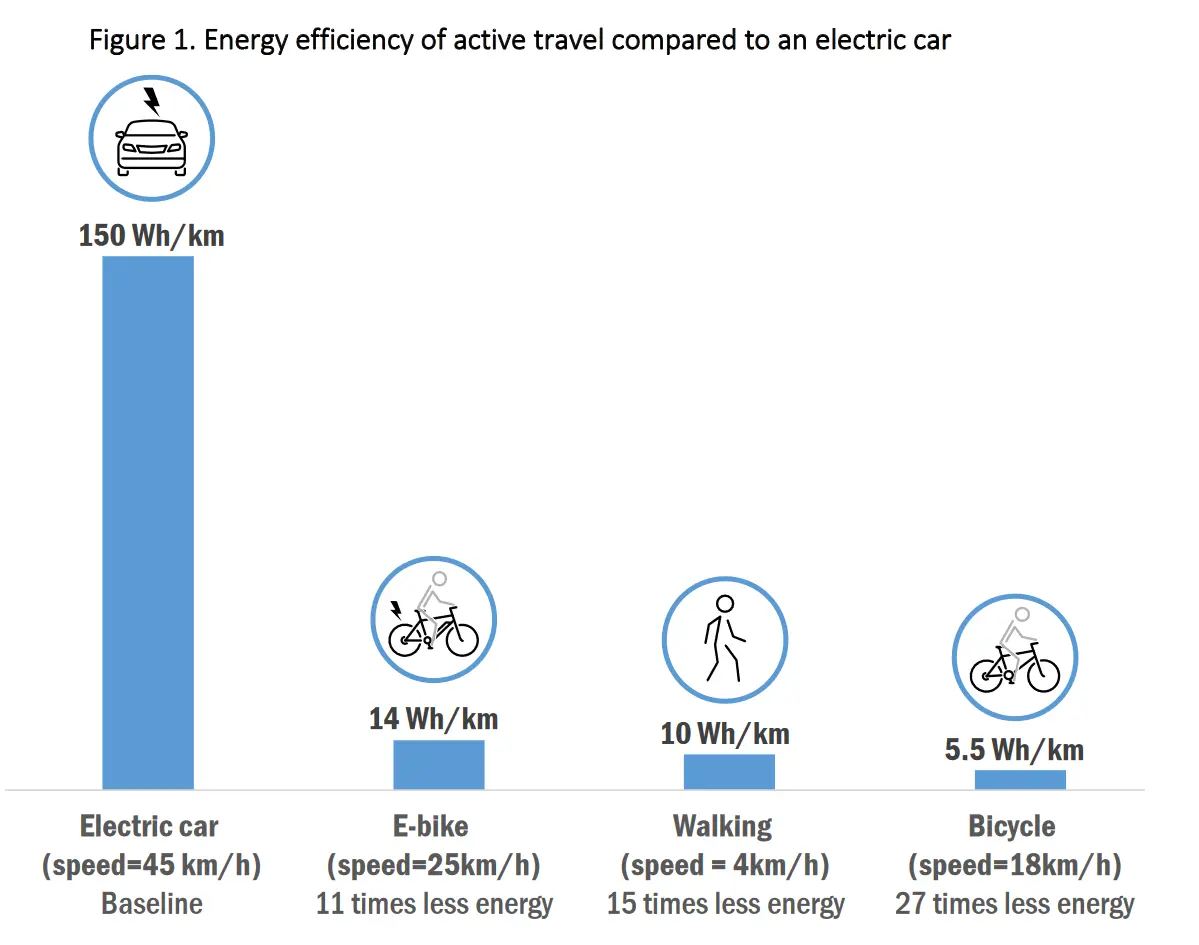this post was submitted on 03 Mar 2024
365 points (91.2% liked)
Climate - truthful information about climate, related activism and politics.
5058 readers
283 users here now
Discussion of climate, how it is changing, activism around that, the politics, and the energy systems change we need in order to stabilize things.
As a starting point, the burning of fossil fuels, and to a lesser extent deforestation and release of methane are responsible for the warming in recent decades:

How much each change to the atmosphere has warmed the world:

Recommended actions to cut greenhouse gas emissions in the near future:

Anti-science, inactivism, and unsupported conspiracy theories are not ok here.
founded 1 year ago
MODERATORS
you are viewing a single comment's thread
view the rest of the comments
view the rest of the comments

That means the urban planning in your area is garbage. That is fixable and has to be fixed.
Wouldn't go as far as calling it urban, it's a few streets on a mountain
there's always outliers. don't worry noone is saying you need to walk in those circumstances
A few streets on a mountain can and should have a grocery store. For the occasional specialized needs, rural residents can use comparatively inefficient modes of transport because of their relatively small number. There's still a huge margin for better efficiency and planning.